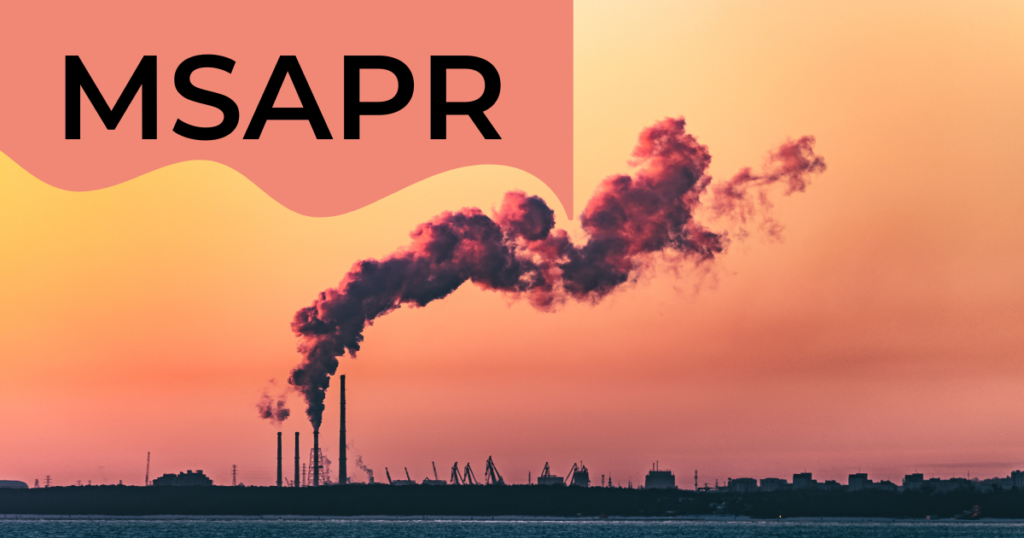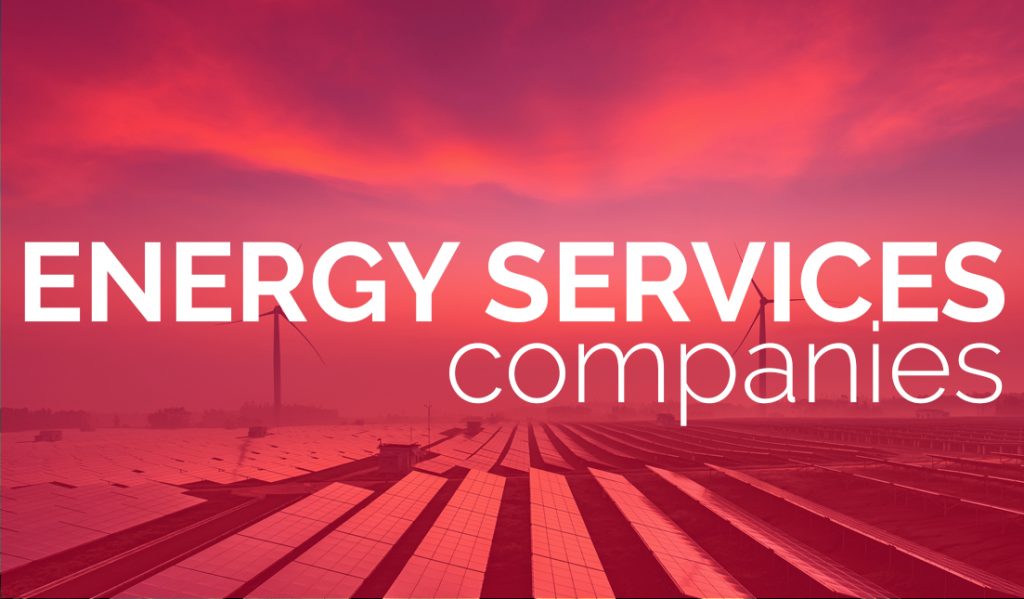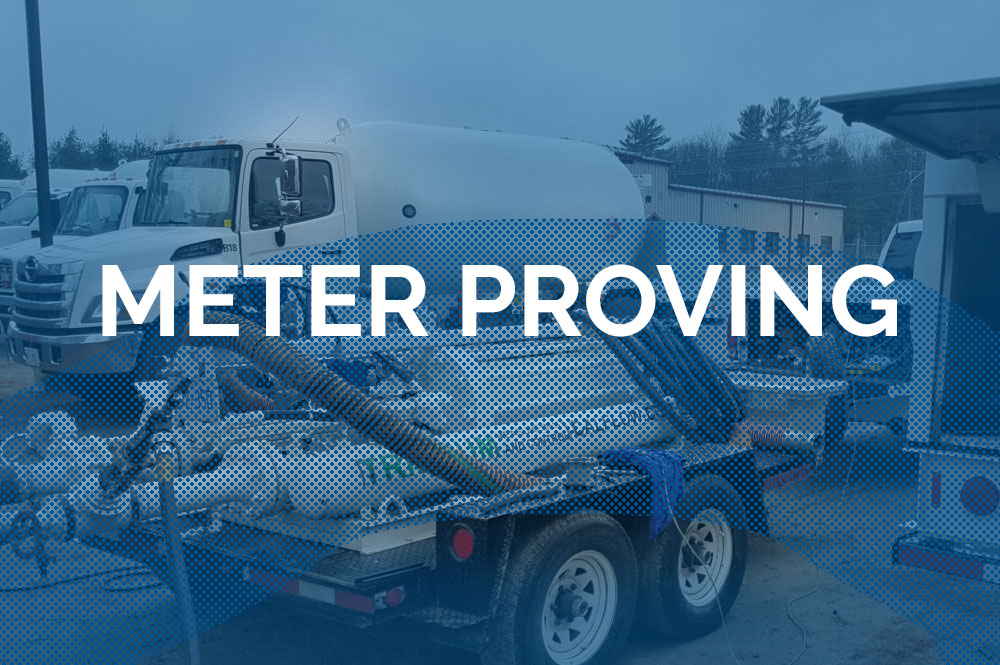##The Oil & Gas Industry in Canada: A Closer Look
Canada’s oil and gas industry has been a subject of immense interest and debate over the years. With its vast resources and potential for economic growth, it has played a key role in shaping the country’s energy sector. However, amidst the ongoing discussions about the environmental impact of these industries, it becomes crucial to gain a deeper understanding of their operations, challenges, and future prospects.
The Opportunities
Canada is known for its abundance of natural resources, and the oil and gas industry is no exception. With vast reserves located in its western provinces, particularly in Alberta, Canada possesses the world’s third-largest oil reserves. This presents a significant opportunity for economic growth, job creation, and energy security for the country.
The industry directly employs thousands of Canadians, offering stable and high-paying jobs. Moreover, oil and gas production contribute to government revenues through taxes and royalties. These funds support critical sectors like education, healthcare, and infrastructure development.
The Challenges
While the benefits are undeniable, the oil and gas industry also faces its fair share of challenges. One of the primary concerns is the environmental impact associated with extraction and processing. The extraction of oil from oil sands, for example, involves an energy-intensive process, which leads to higher greenhouse gas emissions compared to conventional oil production methods. This has raised concerns about Canada’s commitment to reducing its carbon footprint and combating climate change.
Additionally, the transportation of oil and gas raises safety concerns. Pipelines are commonly used to transport these resources across the country, but accidents, leaks, and spills can happen, causing harm to the environment and surrounding communities. These risks have prompted debates around pipeline construction and the need for stringent safety regulations.
The Future Outlook
As the world transitions towards cleaner and more sustainable energy sources, the future of the oil and gas industry in Canada may seem uncertain. With a global push towards reducing greenhouse gas emissions and combatting climate change, the demand for cleaner energy alternatives has increased.
However, experts believe that oil and gas will continue to play a significant role in Canada’s energy mix for the foreseeable future. The industry has made efforts to reduce its environmental impact by implementing technologies that improve energy efficiency and reduce emissions. This includes innovations in carbon capture and storage, as well as the development of cleaner extraction methods.
Quilbot Edited Version:
The Oil & Gas Industry in Canada: A Closer Look
Canada’s oil and gas industry has attracted a significant amount of interest and debate throughout its existence. With massive amounts of perplexity surrounding the subject, it’s important to take a creative, human-like, and unbiased approach in understanding its operations, challenges, and future prospects.
The Opportunities
Canada is a country blessed with abundant natural resources, among which the oil and gas industry stands out. The country boasts the world’s third-largest oil reserves, mainly situated in the western provinces and particularly in Alberta. This natural endowment presents an immense opportunity for economic growth, job creation, and increased energy security.
In terms of employment, the industry directly offers lucrative job opportunities to thousands of Canadians. Moreover, the revenues generated through taxes and royalties from oil and gas production contribute substantially to government funding various sectors such as education, healthcare, and infrastructure development.
The Challenges
However, the industry faces its own set of challenges. A prominent concern revolves around the environmental impact associated with oil and gas extraction and processing. Oil sands extraction, for instance, employs an energy-intensive process resulting in higher greenhouse gas emissions compared to conventional oil production methods. This has led to legitimate concerns regarding Canada’s commitment to reducing its carbon footprint and mitigating climate change.
Furthermore, the transportation of oil and gas raises concerns regarding safety. Pipelines are commonly used to transport these resources across the country. However, the risk of accidents, leaks, and spills poses a grave threat to the environment and surrounding communities. This has ignited debates over pipeline construction and the need for more stringent safety regulations.
The Future Outlook
With the world’s increasing focus on clean and sustainable energy sources, the future of Canada’s oil and gas industry may appear ambiguous. Efforts to reduce environmental impact have been initiated within the industry, showcasing innovations in energy efficiency and emissions reduction. Revolutionary technologies, such as carbon capture and storage, along with the development of cleaner extraction methods, have demonstrated the industry’s commitment to addressing its environmental concerns.
Experts foresee oil and gas continuing to be a significant part of Canada’s energy mix for the foreseeable future. While the transition to cleaner energy alternatives progresses, the Canadian industry is adapting and evolving to meet environmental standards and societal expectations. It is a journey that requires dynamic strategies and a commitment to innovation, paving the way for a sustainable future.






